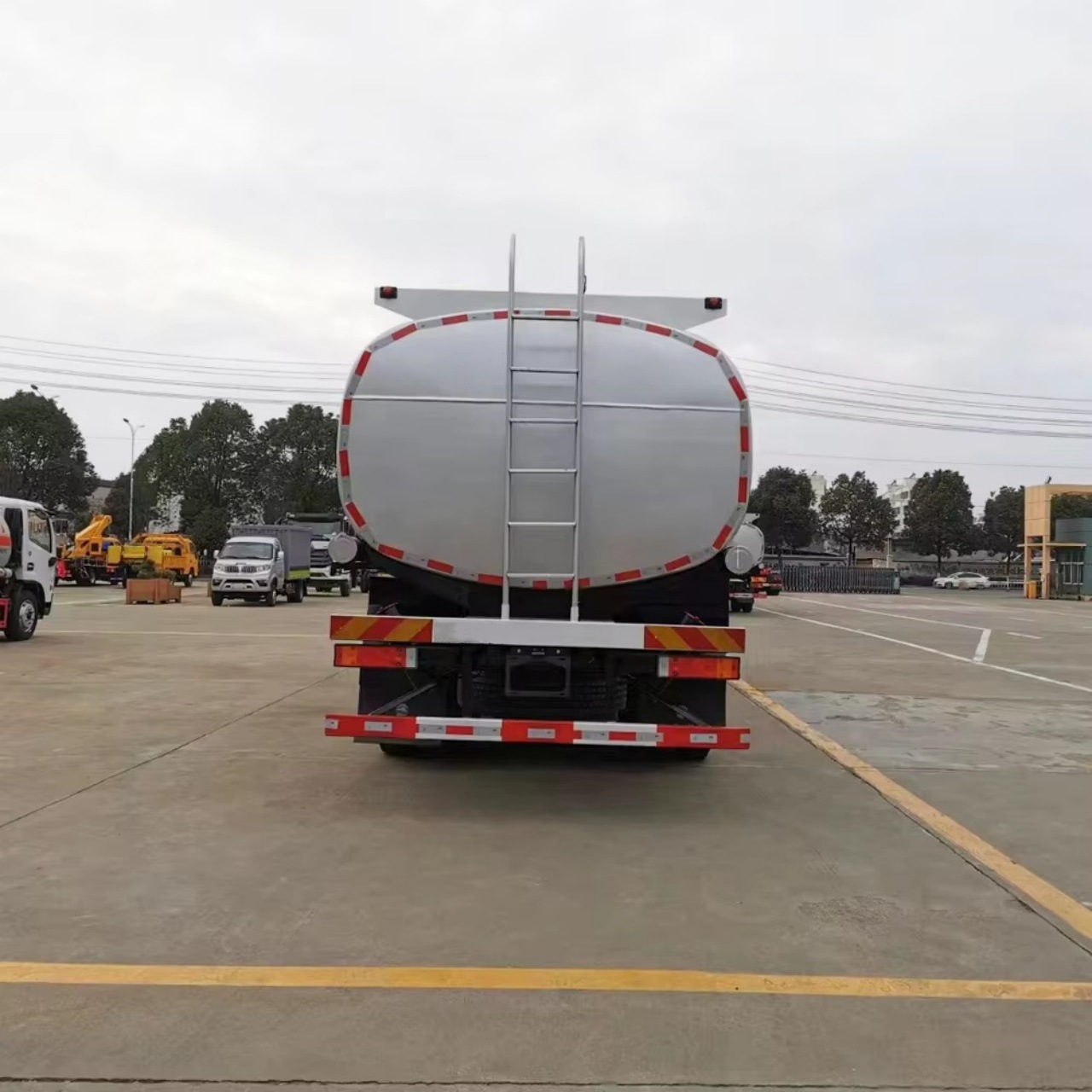In the world of industrial transportation, the safe and efficient delivery of liquids and hazardous materials is critical. Among the most common specialized vehicles used for this purpose are oil tanker trucks and chemical tanker trucks. While both are designed to transport liquid cargo, they differ significantly in terms of construction, materials, design standards, and intended use. Understanding the differences between these 2 types of tankers is essential for businesses, drivers, and anyone involved in the logistics and transportation sectors.
1. Purpose and Cargo Type
Oil Tanker Truck:
An oil tanker truck is primarily designed to transport petroleum-based products. These may include crude oil, diesel, gasoline, lubricants, heating oil, and sometimes light derivatives like kerosene. Because these products are flammable and volatile, oil tankers must adhere to strict safety and design regulations.
Chemical Tanker Truck:
Chemical tanker trucks, on the other hand, are used to transport a wide range of chemical substances, including acids, alkalis, solvents, alcohols, and hazardous liquids like hydrochloric acid, sulfuric acid, or caustic soda. The transported chemicals vary greatly in terms of corrosiveness, reactivity, and toxicity, requiring the truck to be built with a much broader range of safety and compatibility features.
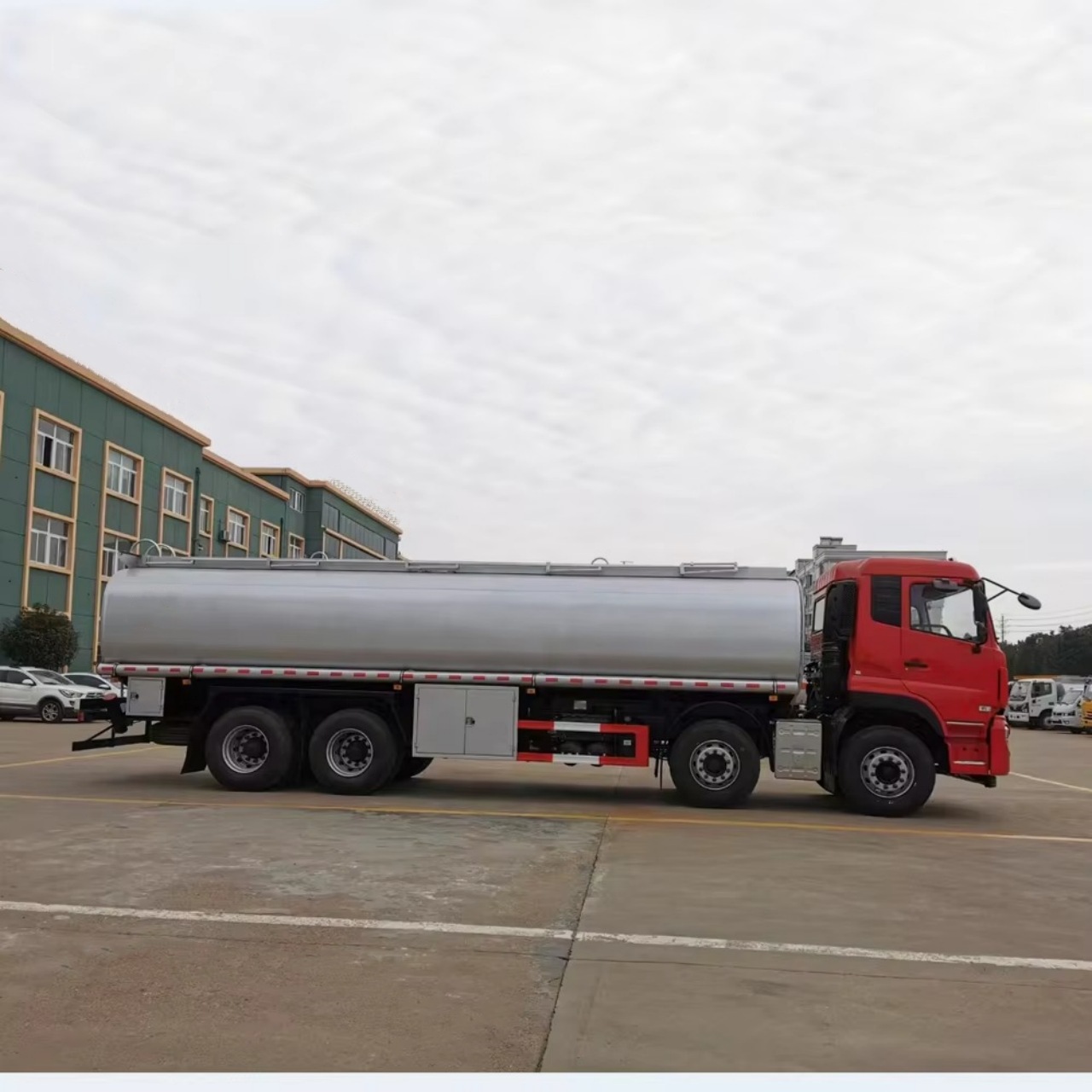
2. Construction Material
Oil Tanker Truck:
Most oil tankers are constructed from carbon steel or aluminum alloy. Aluminum is often preferred for its lighter weight and resistance to corrosion from petroleum products. Since petroleum derivatives are generally less corrosive compared to many chemicals, these materials are sufficient for oil transport.
Chemical Tanker Truck:
Chemical tankers are usually made from stainless steel, often with rubber or polymer linings, depending on the specific chemicals being transported. Stainless steel offers higher resistance to corrosion, which is critical when dealing with aggressive acids or alkaline substances. In some cases, specialty alloys or coatings are used to resist extreme pH levels or chemical reactivity.
3. Tank Design and Compartments
Oil Tanker Truck:
Oil tankers often feature multiple compartments within the tank. This allows them to transport different types of fuels in a single trip and reduce the chances of liquid surge (sloshing) during transit. Each compartment has separate inlets, outlets, and safety valves.
Chemical Tanker Truck:
Chemical tankers are usually designed with single-compartment tanks to avoid contamination and reactions between chemicals. However, when multiple chemicals must be transported, compartments are completely isolated with dedicated loading and unloading systems. The tank design also incorporates pressure relief valves, vacuum protection systems, and insulation, depending on the nature of the cargo.
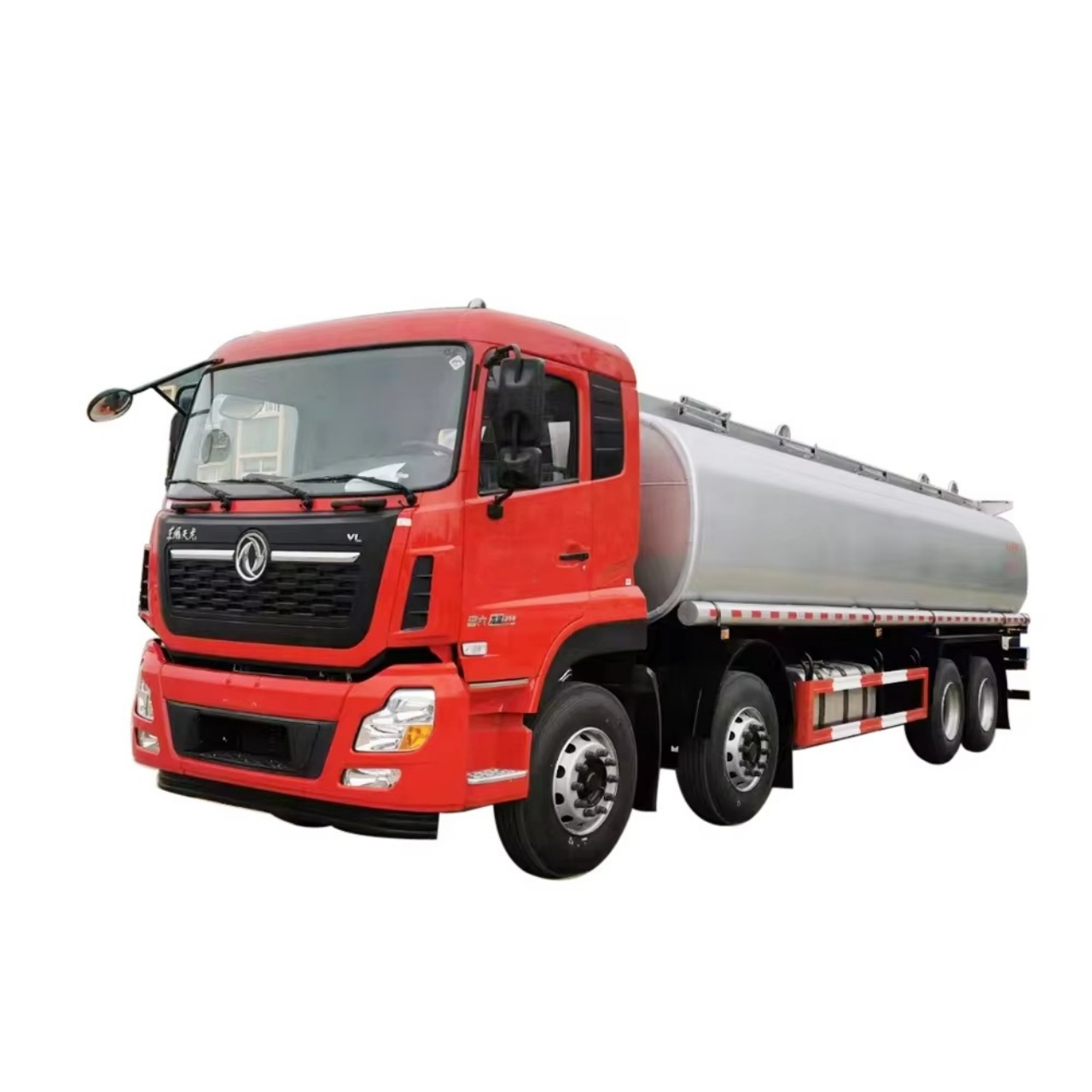
4. Safety Features
Oil Tanker Truck:
Due to the flammable nature of petroleum products, oil tankers are equipped with grounding devices, anti-static systems, explosion-proof fittings, and emergency shut-off valves. The design ensures that in the event of an accident, the risk of fire or explosion is minimized.
Chemical Tanker Truck:
Chemical tankers feature a more complex array of safety systems, including pressure control valves, thermal insulation, emergency containment measures, and sometimes double-wall construction for extra protection. In addition, tankers that transport toxic or reactive chemicals may include vent scrubbers, inert gas blanketing, or temperature regulation systems to prevent dangerous reactions.
5. Regulatory Requirements
Oil Tanker Truck:
Oil tankers must comply with flammable liquid transportation regulations, which vary from country to country. In the U.S., for instance, they must follow the Department of Transportation (DOT) regulations and the standards set by the NFPA (National Fire Protection Association).
Chemical Tanker Truck:
Chemical tanker trucks fall under even stricter regulatory controls due to the wide range of hazardous materials they may carry. Transport is governed by agencies such as the Environmental Protection Agency (EPA), Occupational Safety and Health Administration (OSHA), and international agreements like ADR (European Agreement concerning the International Carriage of Dangerous Goods by Road). Tankers must be clearly labeled, and drivers often require special training and certification (e.g., HAZMAT endorsement).
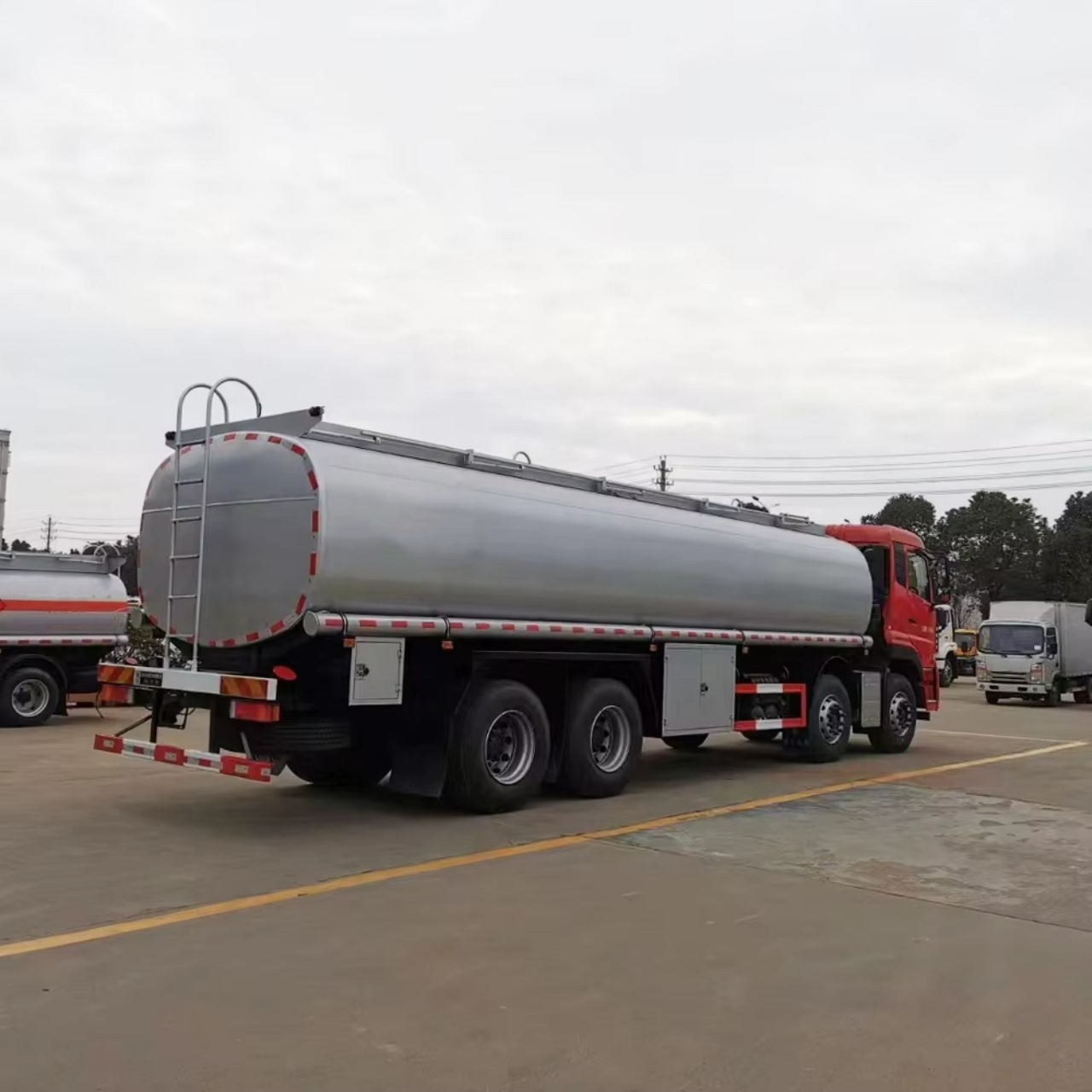
6. Cleaning and Maintenance
Oil Tanker Truck:
Cleaning an oil tanker is relatively straightforward, especially when the same type of fuel is transported repeatedly. However, cross-contamination is still a concern if the products vary (e.g., diesel and gasoline), so thorough cleaning protocols must be followed between loads.
Chemical Tanker Truck:
Cleaning chemical tankers is significantly more complex and costly. The process must neutralize any chemical residues, which may be hazardous to personnel and incompatible with future loads. Special cleaning stations and chemical-specific cleaning agents are often required.
7. Insulation and Heating Systems
Oil Tanker Truck:
Most oil tanker trucks do not require insulation or heating unless transporting heavy oils or bitumen, which need to be kept warm to remain fluid. In such cases, external heating coils or steam jackets are integrated.
Chemical Tanker Truck:
Many chemicals require strict temperature control, so chemical tankers are often equipped with insulation, heating systems (electric, steam, or glycol), and temperature monitoring to maintain product stability and prevent phase changes or reactions.
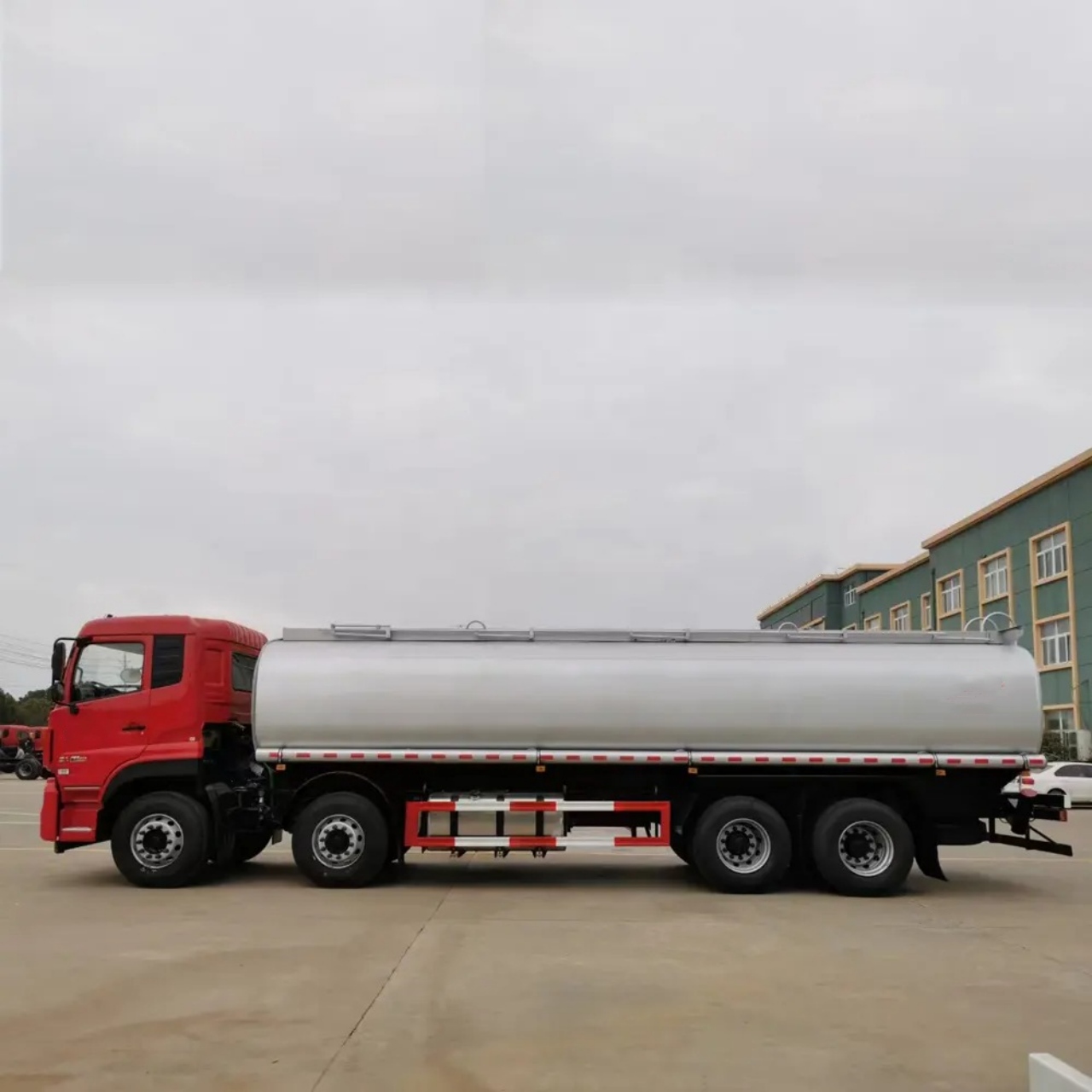
8. Cost and Customization
Oil Tanker Truck:
Generally, oil tankers are less expensive and easier to manufacture due to standardized materials and design. They are produced in large numbers and can often be used interchangeably for similar petroleum products.
Chemical Tanker Truck:
Chemical tankers are highly specialized and more expensive due to the required materials, safety features, and customization. A truck designed for one type of chemical may not be suitable for another, making them less versatile and more costly to operate.
Conclusion
While oil tanker trucks and chemical tanker trucks may appear similar at a glance, they are engineered for entirely different roles. Oil tankers are optimized for the bulk transport of petroleum-based fuels, emphasizing flammability control and compartmentalization. Chemical tankers, in contrast, are built to handle a wide array of often dangerous and reactive substances, requiring advanced materials, construction techniques, and safety systems.
Choosing the right tanker depends on the type of liquid, regulatory requirements, safety concerns, and logistical needs. For businesses involved in liquid transport, understanding these differences is crucial not only for compliance but also for protecting workers, the public, and the environment.
